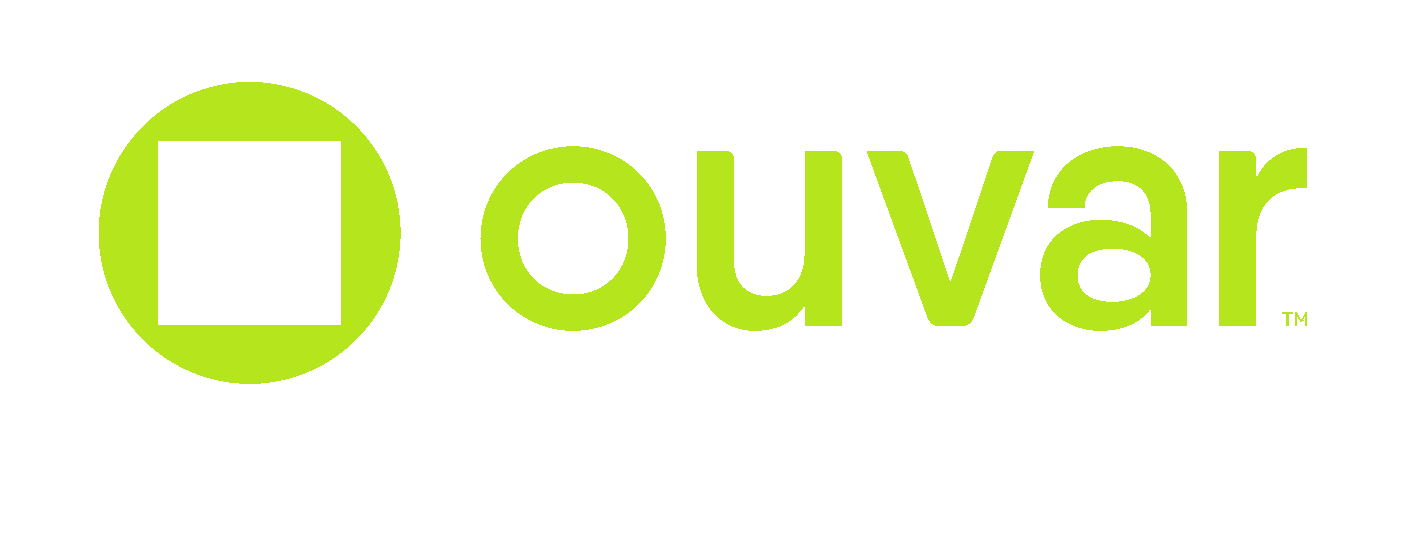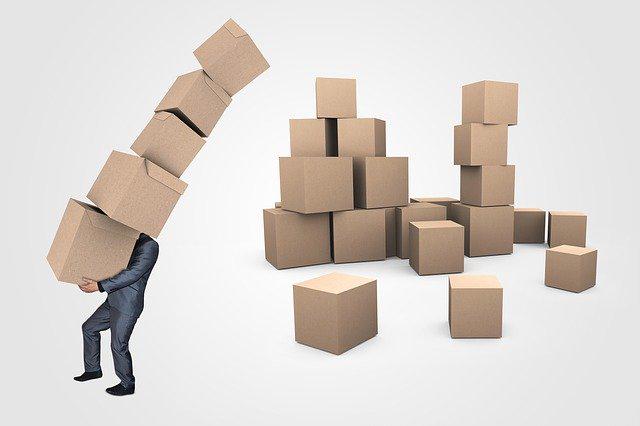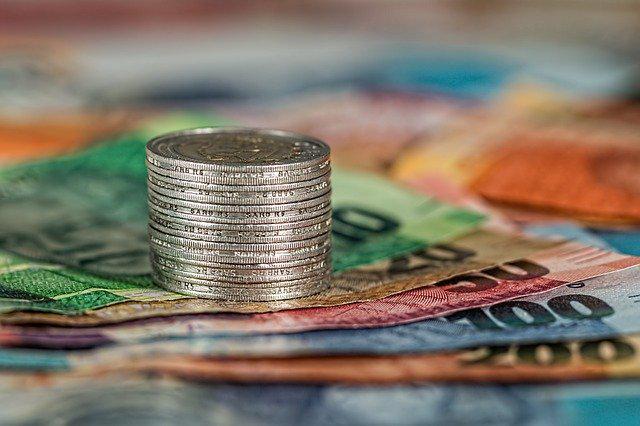Share on facebook
Share on google
Share on twitter
Share on linkedin
In a time when we are making changes to become as eco-friendly as we can, we’re aware that every choice and purchase has the power to send a message. If we choose the green option at every purchase or order, we send the message to manufacturers to make more of that product. Customer demand is powerful stuff!
These choices make a difference, even in the smaller details, such as display cases and boxes. Consumer goods companies may be mindful of choosing an alternative to a plastic for these and opt for the cardboard form as the ‘environmentally friendly’ option. So, we thought we’d look into how eco-friendly this option really is.
There are a two important steps to take to ensure that your displays are eco-friendly, otherwise, your attempts to choose green are wasted.
1) Is the cardboard going to be recycled properly at the end of its use?
Of course, the first, and most obvious thing to note is – cardboard options are only eco-friendly if you actually RECYCLE that cardboard at the end of its use. If not, then it just goes into landfill along with everything else. It will eventually break down, but, unfortunately, when cardboard breaks down in landfill it creates methane, a major greenhouse gas with the global warming capacity 21 times more powerful than carbon dioxide. Here is the proper process for recycling to ensure your efforts are effective –
- Any type of cardboard can be recycled: Cereal boxes, packaging boxes, frozen food boxes, egg cartons, shoe boxes, pizza boxes that are fairly clean (see below), milk cartons (rinsed out), and even the cardboard backing on plastic “blister” packs.
- Collapse the box: Boxes that aren’t fully flattened are much more difficult to transport and present problems for mechanisms in the cardboard recycling process.
- Don’t worry about the tape: It is helpful if you can remove the tape, but the recycling process of corrugated boxes involves churning it up with water to make a slurry. In this process, tape and paper labels will rise to the top and be skimmed off before the final product is sent to final buyers.
- Only recycle cardboard that is clean: A small amount of food residue is acceptable, but large amounts of grease or cheese left in a pizza box, for example, can cause problems at the processing centre.
2) Is it sustainable cardboard?
So many of the products we use and display in-store need to be housed in something, and cardboard boxes are the industry standard. While cardboard and paper are organic materials, if they are sourced unsustainably, their use can have a drastic impact on the environment.
Corrugated cardboard is made from paper; paper mills are some of the worst polluters in the world. The process to fabricate paper from wood uses chlorine-based bleaches that result in toxic emissions to air water and soil. The pulp and paper industry is the largest single commercial user of water in Canada. Worldwide, the pulp and paper industry is the fifth largest consumer of energy, accounting for four per cent of the entire world’s energy use.
Luckily, cardboard is one of the most recyclable materials available. To ensure packaging is as eco-friendly as possible, source display boxes made with post-consumer or post-industrial recycled paper and cardboard. Alternatively, materials marked as FSC-certified will be sourced from sustainably managed forests and could be an even better choice in certain circumstances.
Making cardboard products from recycled material, rather than virgin fibre, saves not only trees, but also large amounts of water (up to 99% less) and energy (up to 50% less). For these reasons, it is important to recycle your cardboard and whenever possible to buy paper and cardboard products with recycled content.



